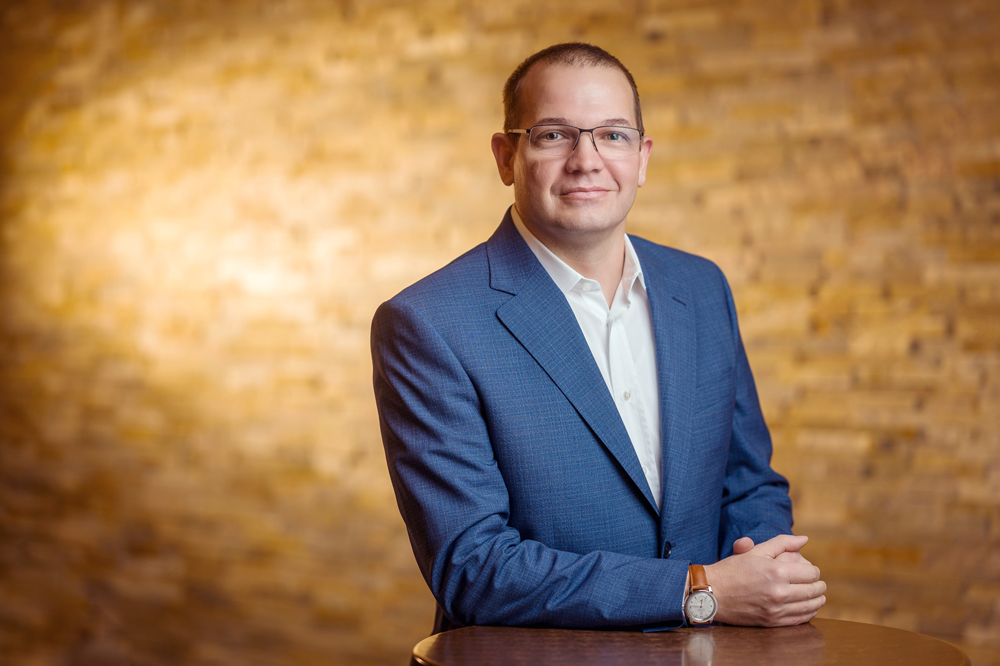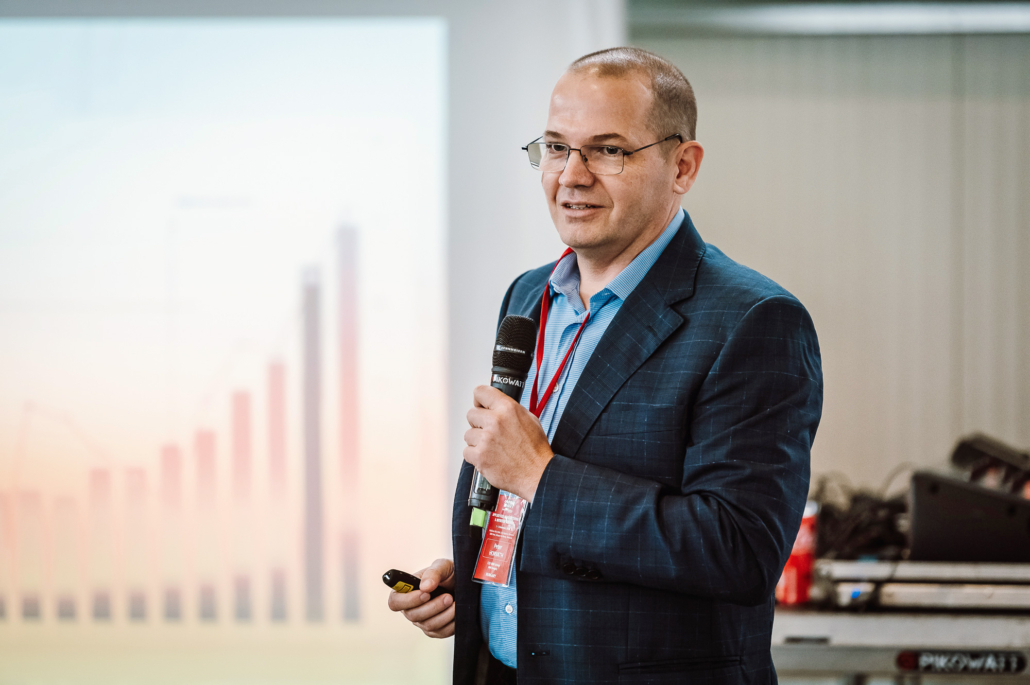UBM: We are strengthening our export activities also through the acquisition
According to UBM’s latest annual report, the share of export sales increased from 47% to 48.5% in the 2021-2022 fiscal year. This share demonstrates UBM Group’s ambition to further strengthen its market presence in the region: not only forage production and trade in the surrounding countries, but also grain export activities from Hungary will be a priority. The UBM Group, which is present in Austria, Romania, Slovakia and Serbia in addition to Hungary, had a turnover of HUF 200 billion in the financial year ending 30.06.2022, nearly half of which was generated by exports. One of the main functions of UBM’s export business is the sale of poultry, pig and ruminant premixes and feed supplements on international markets, with the professional support of the business units’ feed and technology specialists.
We spoke with Péter Horváth, CEO of UBM Group, about the regional expansion and the export plans for 2023.
// UBM Investor Relations: What is UBM Group’s export strategy for 2023? In which countries and in which areas do you plan to expand, and why there?
Péter Horváth: One of the main elements of our strategy, i.e. regional presence, has not changed. We continue to believe that we can exist and develop on the market as a regionally stable, unavoidable group of companies. On this basis, it is important to define this year’s specific objectives, as we need to outline the next steps for the current ownership, the investor community and the market as a whole.
In 2023, we aim to grow stronger through acquisitions. The past year has shown that in an uncertain economic climate it is difficult, if not impossible, to embark on a greenfield investment that spans several years, as the risk of implementation has increased several-fold. In addition, there is no time to wait for the turnaround to the profit-generating phase, as the volatile market also makes this type of business planning uncertain.
// However, the above negative environmental impact can also be an advantage.
Indeed, in a hectic market, firms that do not respond adequately can be at a significant disadvantage, weakening them and creating opportunities for acquisitions. With the right capital and sound judgement, we can identify potentially acquirable targets and options that can enhance the value and market strength of the group and strengthen its stable regional presence. In addition, this can provide immediate incremental profitability, as we plan to acquire operating companies.
// Which countries does the UBM Group treat as a priority?
In territorial terms, we are focusing primarily on Romania and Serbia, because we see this region, together with Hungary, as the potential for future livestock production. The shift of the livestock production focus from Western Europe to this region could certainly provide significant space for further growth.
// What are the international trends and macro conditions that you expect might expand the scope of export opportunities?
The shifting centre of gravity of livestock production is one such trend that is already clearly visible within Europe. We should also be looking at the change in Romanian and Serbian livestock production, which clearly means a further strengthening of more intensive, large-scale livestock farming at the expense of small-scale farming. This means that the market will become more concentrated, more efficient and demand will be more sensitive to quality, which will only be matched by those feed producers who consider technological and technical quality to be the most important factor in production. This principle has been flying under the UBM banner from the very beginning.
// How has the Russian-Ukrainian war affected the operations of the UBM Group?
The impact of the war on the Group is twofold, but perhaps not surprisingly. On the negative side, the macroeconomic environment has become more uncertain, and energy prices have risen dramatically. The latter is far from being in the waning phase, as although we reached pre-war gas and electricity price levels in January, we are only halfway through the current winter season, and we do not yet know anything about prices at the end of 2023. At the macroeconomic level, the dynamics of Russian and Ukrainian grain exports with their associated prices remain an issue, but we can equally mention the prices of chemical fertilisers, where the price of natural gas is the biggest cost driver.
On the positive side, we should definitely mention last year’s Ukrainian export prices for grain crops, as they were much lower than Hungarian prices, offering a good opportunity for traders and producers. In addition, Ukrainian maize was much less affected by the toxin issue, unlike Hungarian maize, where the drought further reduced the processability of the crop, the production of which had fallen by a third to a quarter.
// What are the sources of growth for the UBM Group? What is your future concept for growth?
The most important factor for the sources of growth is the internal need and belief that we can deliver value to our business partners in a predictable way with the operating model we envision and the principles that underpin it. If we can serve our partners’ growth plans with this operating model, then our growth trajectory is almost automatically created. The key, then, is to move along with the market, recognise the real needs of our partners and programme our activities accordingly. This way we would not be lagging behind the market, but we would also not be entering a vacuum by trying to get ahead of the market and moving too fast.
If you have any questions, please do not hesitate to contact us at investors@ubm.hu.
The photos show Péter Horváth, CEO of UBM Group.





